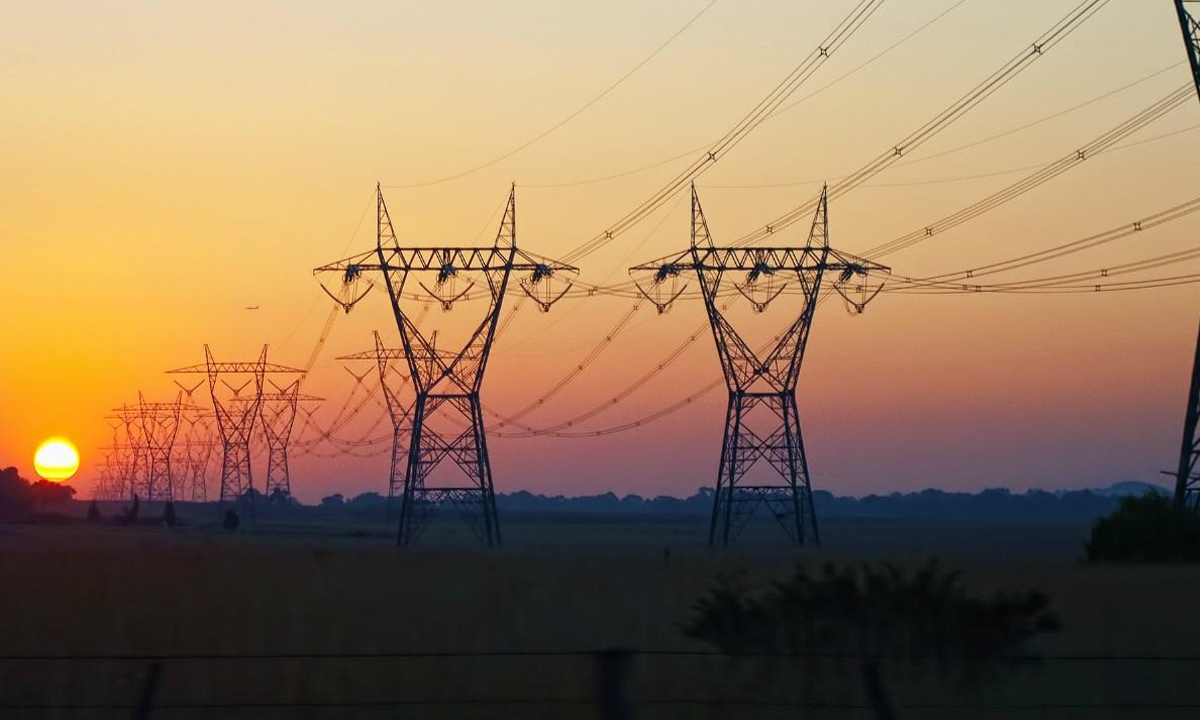Written by Jamie Parsons
The fear of climate change in California has caused the state to rely on intermittent energy sources which has resulted in power shortages. As summer comes around the corner, the fear of blackouts occurring throughout the state rises. California has now started to rely on energy imports from states in the West to maintain reliability when demand is high.
Last summer, utilities in California reported rotating blackouts that left over 400,000 homes and businesses without power for 2 ½ hours due to a shortage in energy during a couple of hot days in August. According to the North American Electric Reliability Corp. “California is at risk of energy emergencies during periods of normal peak summer demand and high risk when above-normal demand is widespread in the West,” As utilities in California increasingly rely on renewable sources of energy, the amount of energy supply in the state decreases, increasing the likelihood of blackouts occurring during times when there is high demand.
In response to the supply shortage in August of last year, California utilities boosted the total energy supply to 63.5 gigawatts, with an additional 3.4 gigawatts coming from new resources. If California was left without these new resources, the Golden State would be left with a reserve margin of 17.6%, below the recommended reserve margin of 18.4%. Most of those resources were solar however, it can only provide energy during the day and isn’t available to cover the demands in the evening.
Due to the lack of reliability the resources provide in the evening, the state relies more on imports from states in the West. In addition to the low reliability of resources, wildfires have reduced the state’s hydropower output.
Overall, California’s goal to have intermittent energy as the state’s main energy source has proven to be unreliable and cause many problems. As the state aims to phase out power from carbon-emitting fuels by 2045, who knows how many power shortages will occur by then.




